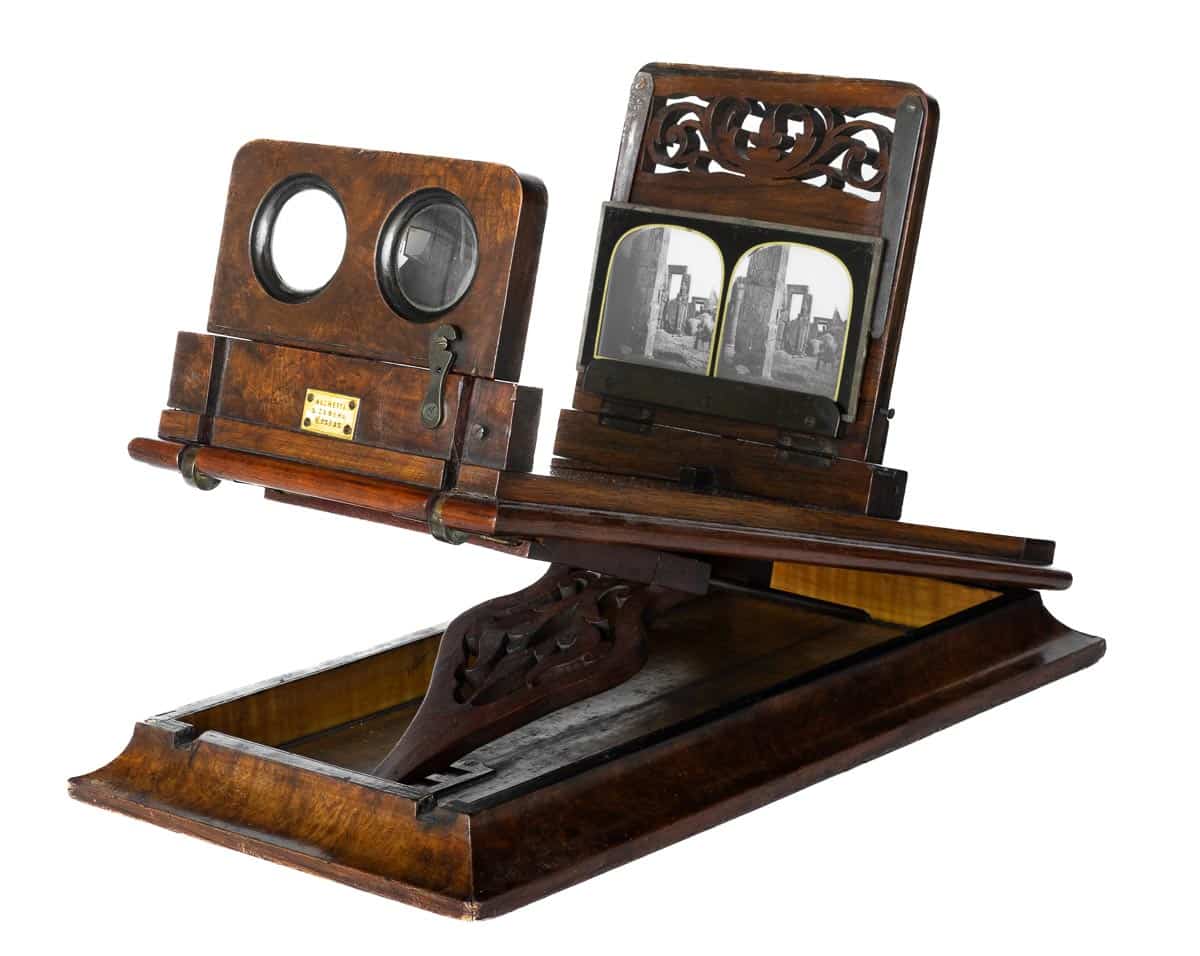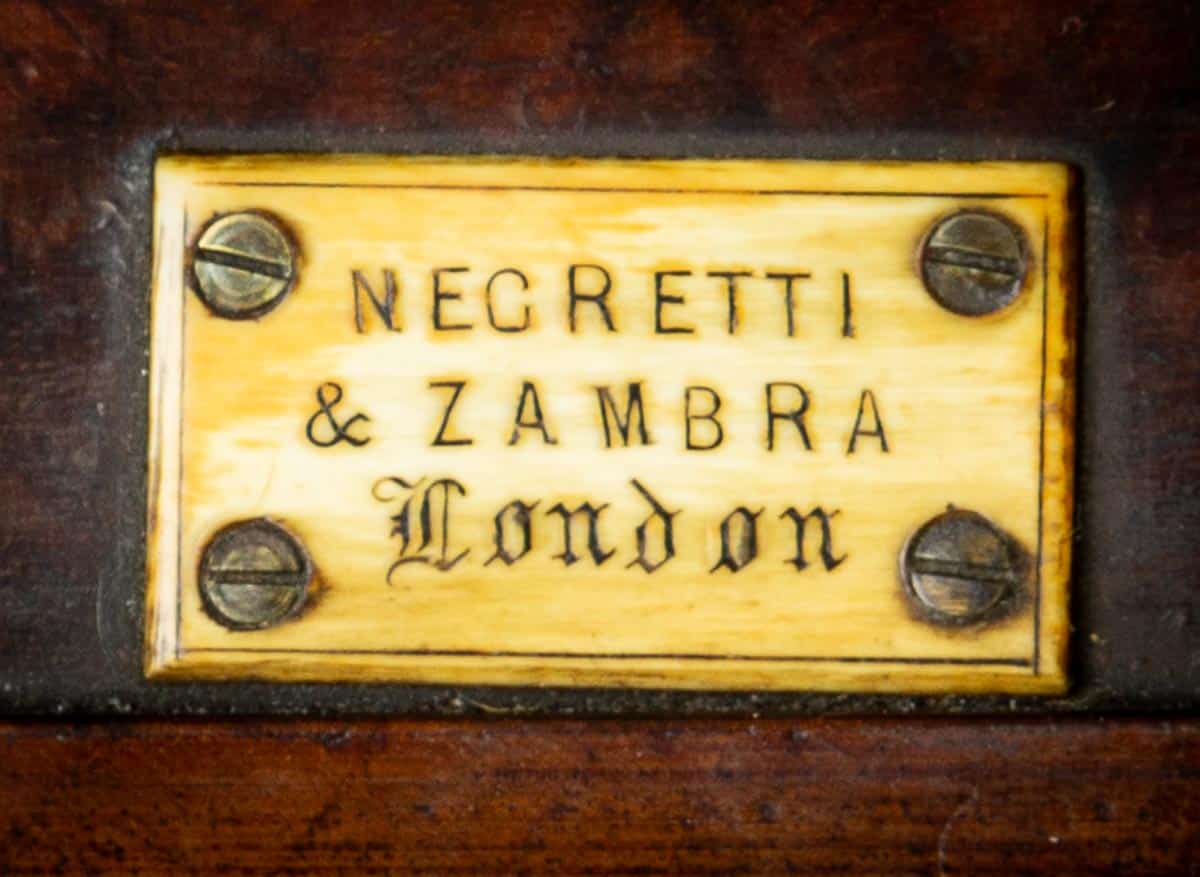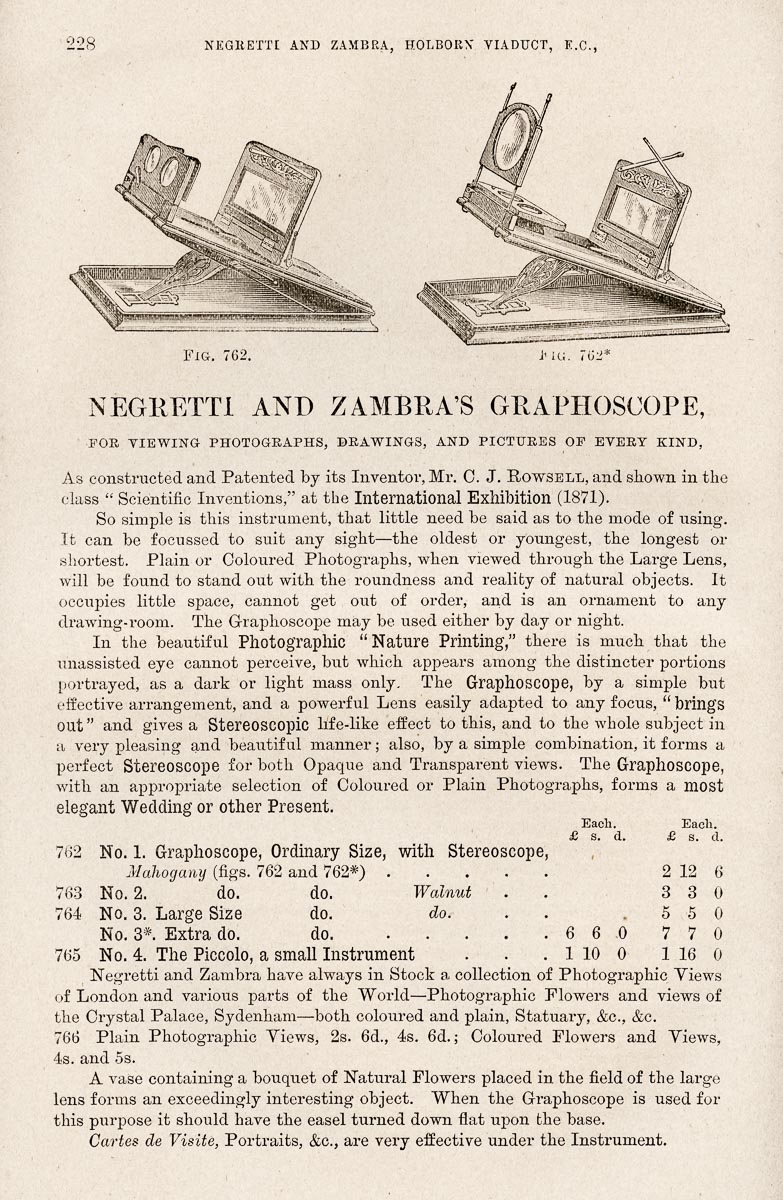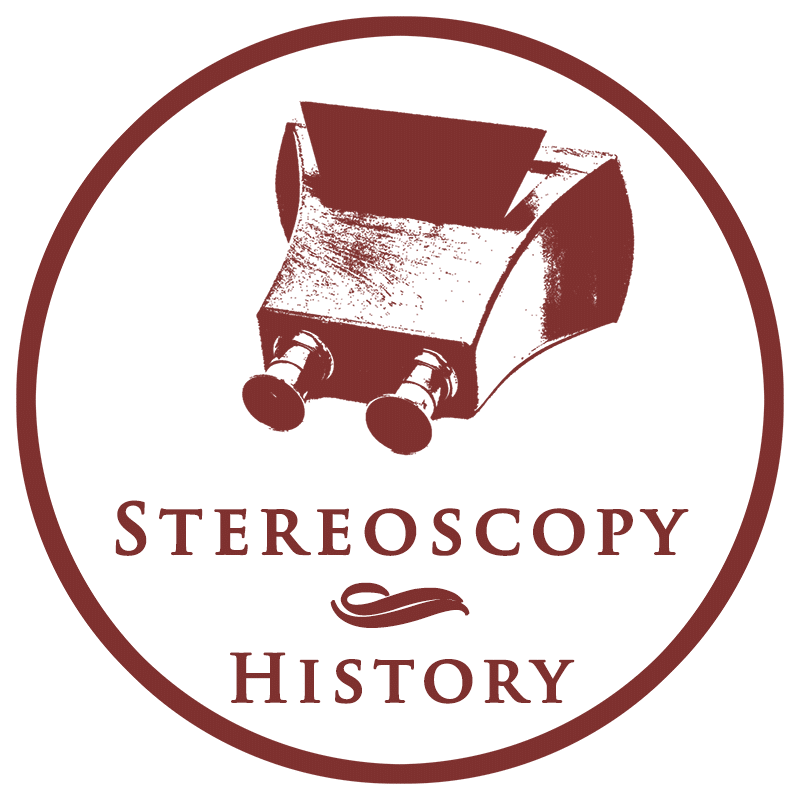
The graphoscope was an English invention. The first design was patented on 1 February 1864 by Charles John Rowsell. The graphoscope was a bulky viewer, consisting of a large magnifying glass for viewing photographs or postcards. A viewer with an extra panel with stereo lenses was introduced later, and this variant was called stereo graphoscope. New variants emerged, such as the more compact Pantoscope in France. Stereo graphoscopes are often decorative viewers, but they don’t offer the best viewing experience for stereoviews.
The stereo graphoscope was in the Negretti and Zambra catalogue simply called “Graphoscope”, but it was equipped with stereo lenses. The viewer was available in four sizes: small (picolo), ordinary, large and extra large and was made of mahogany and walnut.


Specifications
| Manufacturer: | Negretti and Zambra, London |
| Year of introduction: | 1864 (patent graphoscope by Charles John Rowsell) |
| Year of manufacture: | c. 1870 |
| Type: | Tabletop |
| Viewer: | Single-view |
| Serial number: | None |
| Stereoview support: | Glass stereoviews and paper card stereoviews |
| Stereoview format: | 8.5 x 17 cm |
| Lens focussing: | Yes, by shifting the holder with the stereoview |
| Inter-ocular adjustment: | No |
| Eyepiece blinders: | No |
| Dimensions (L x W x H): | 45 x 25 x 29 cm (expanded, in viewing position) |
| Construction: | Walnut and mahogany |
| Other features: | A plate on the lens panel with Negretti & Zambra London |
Glossary: inter-ocular adjustment / single-view / tabletop
